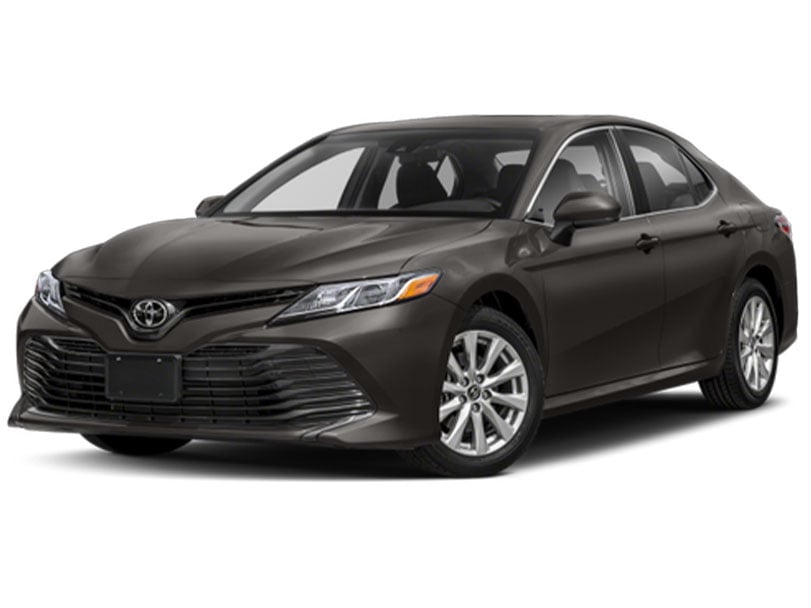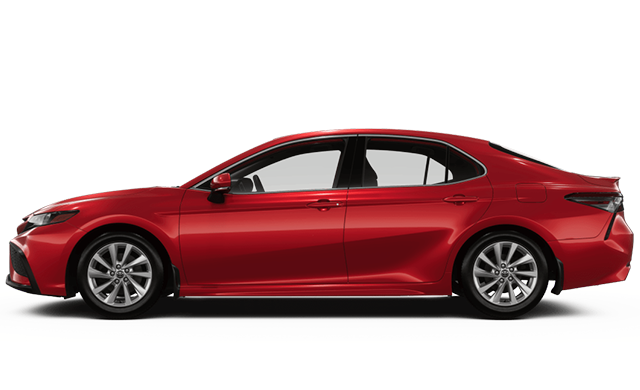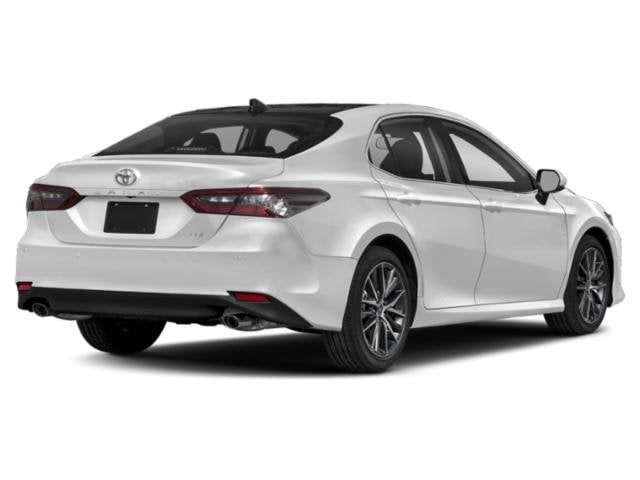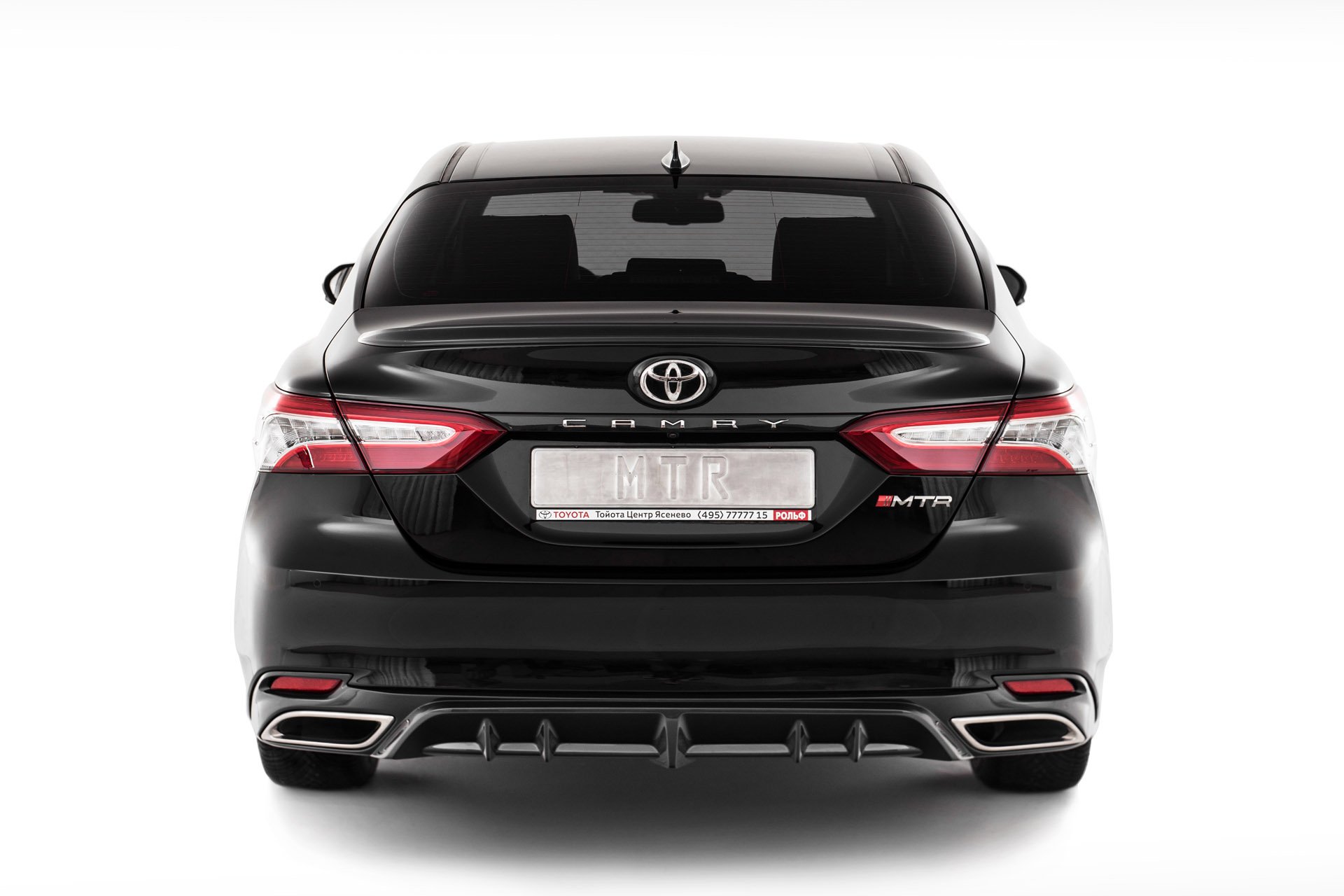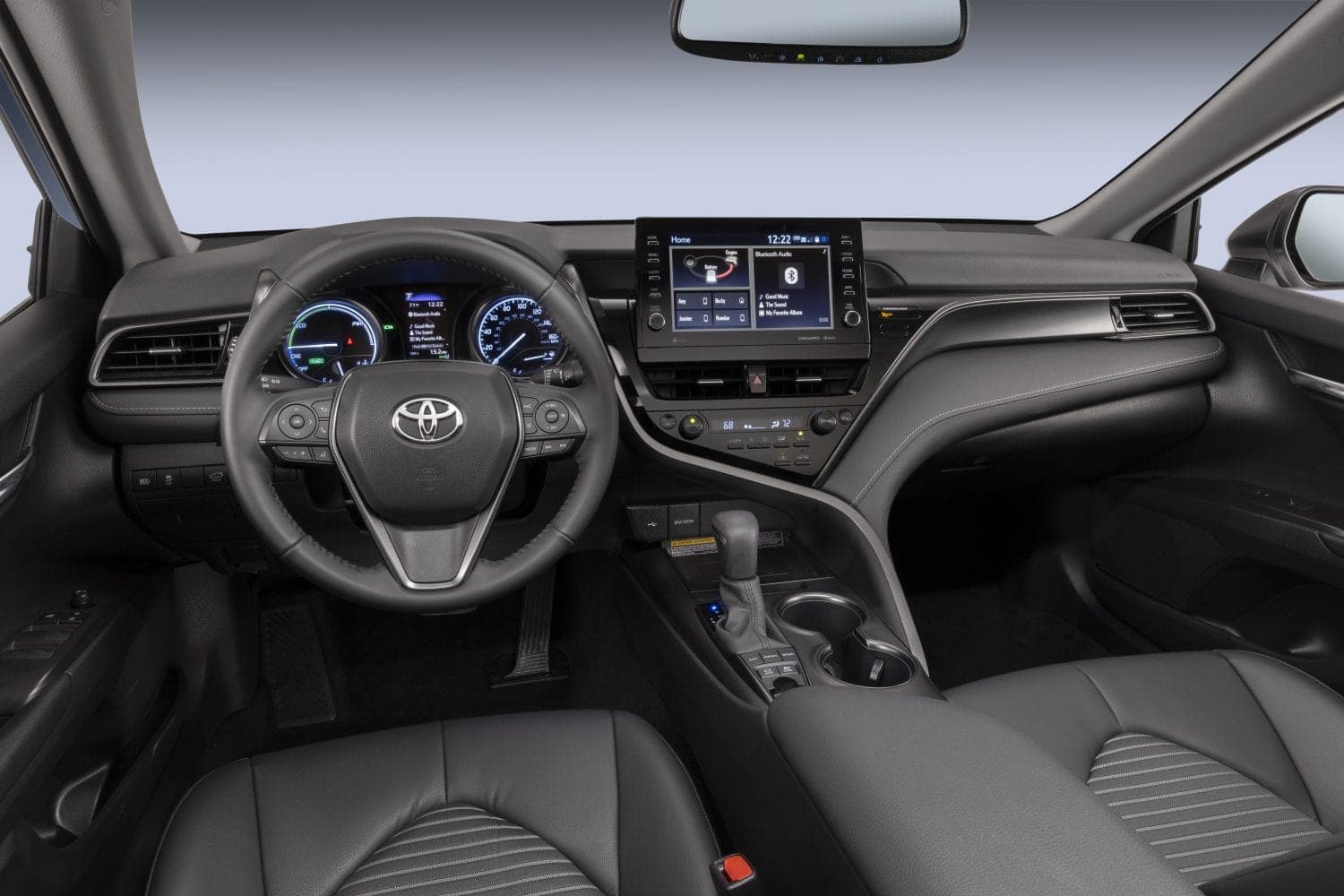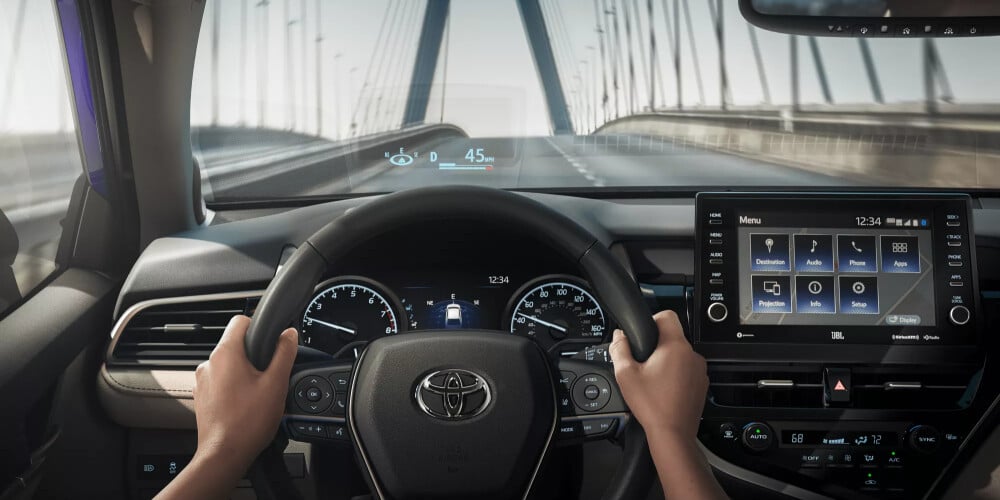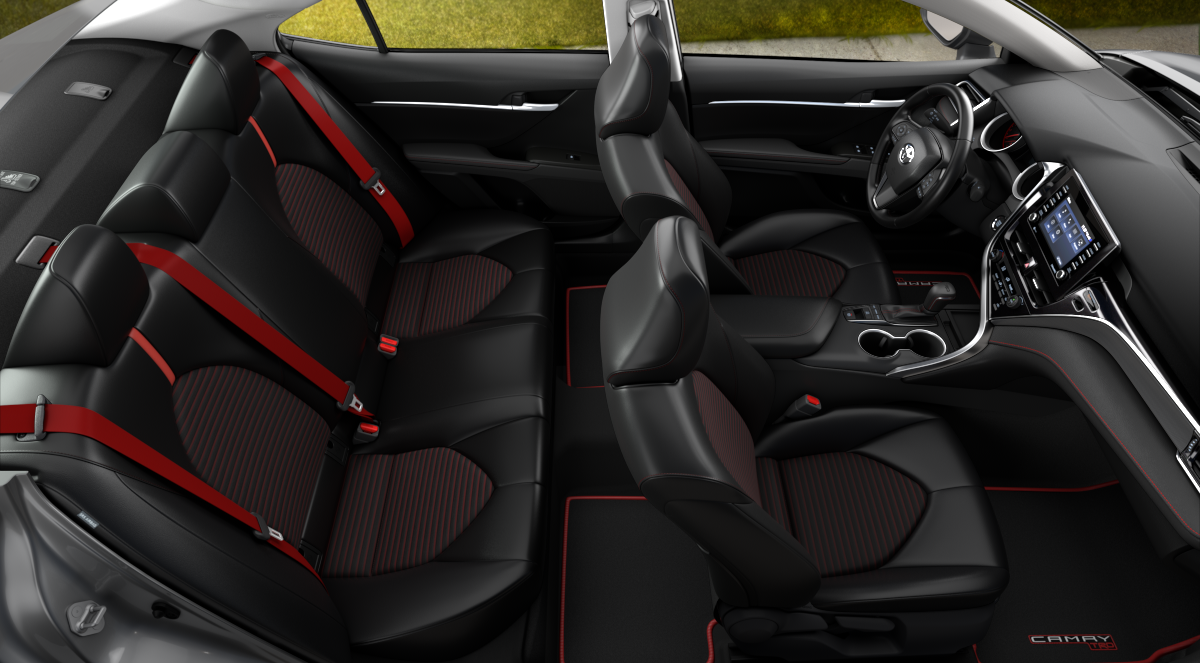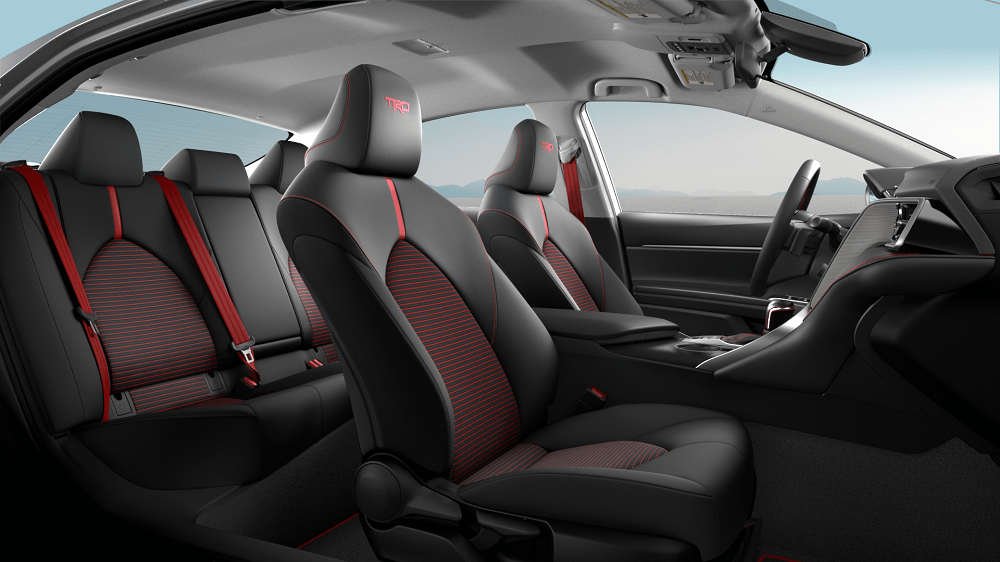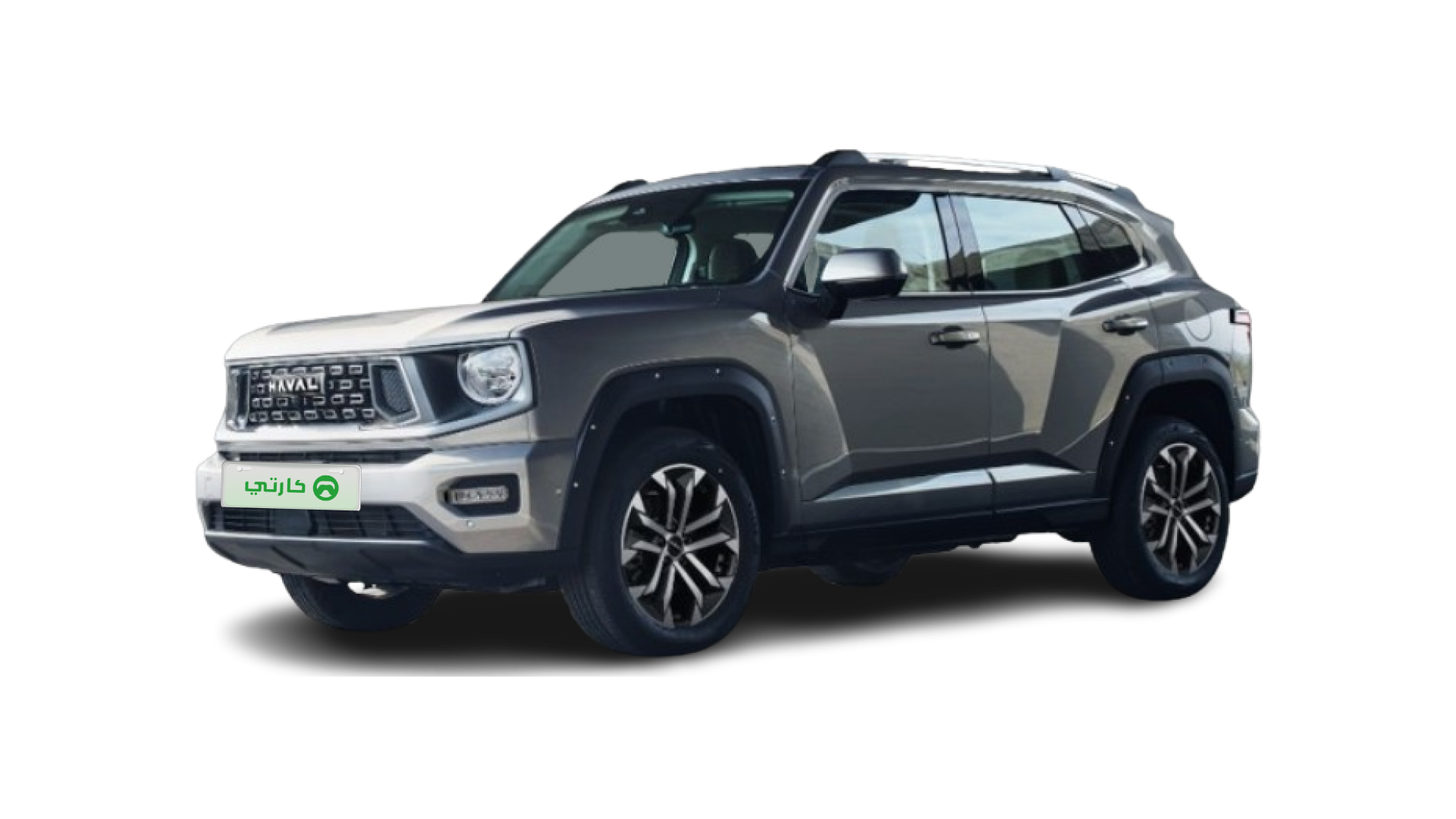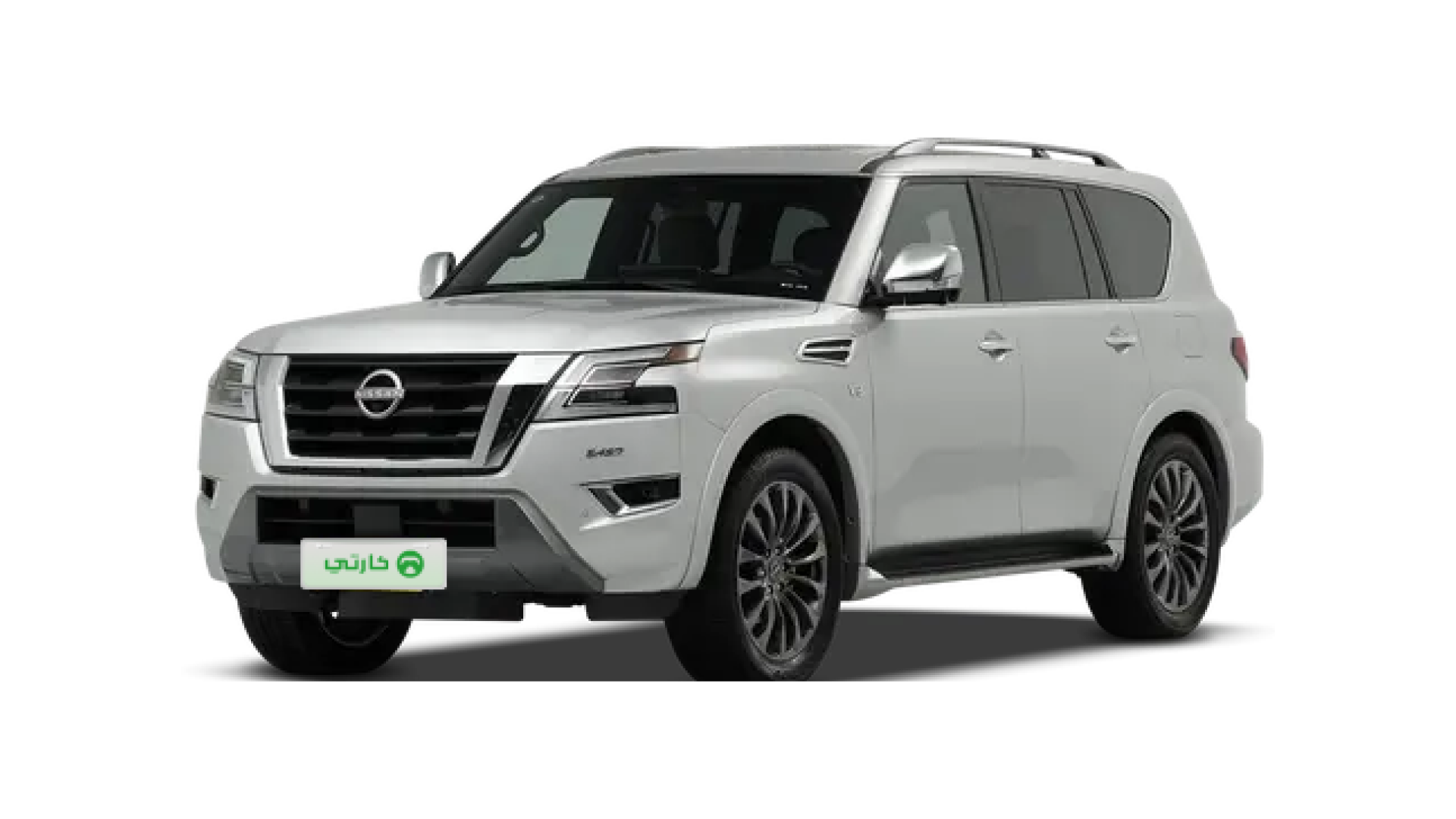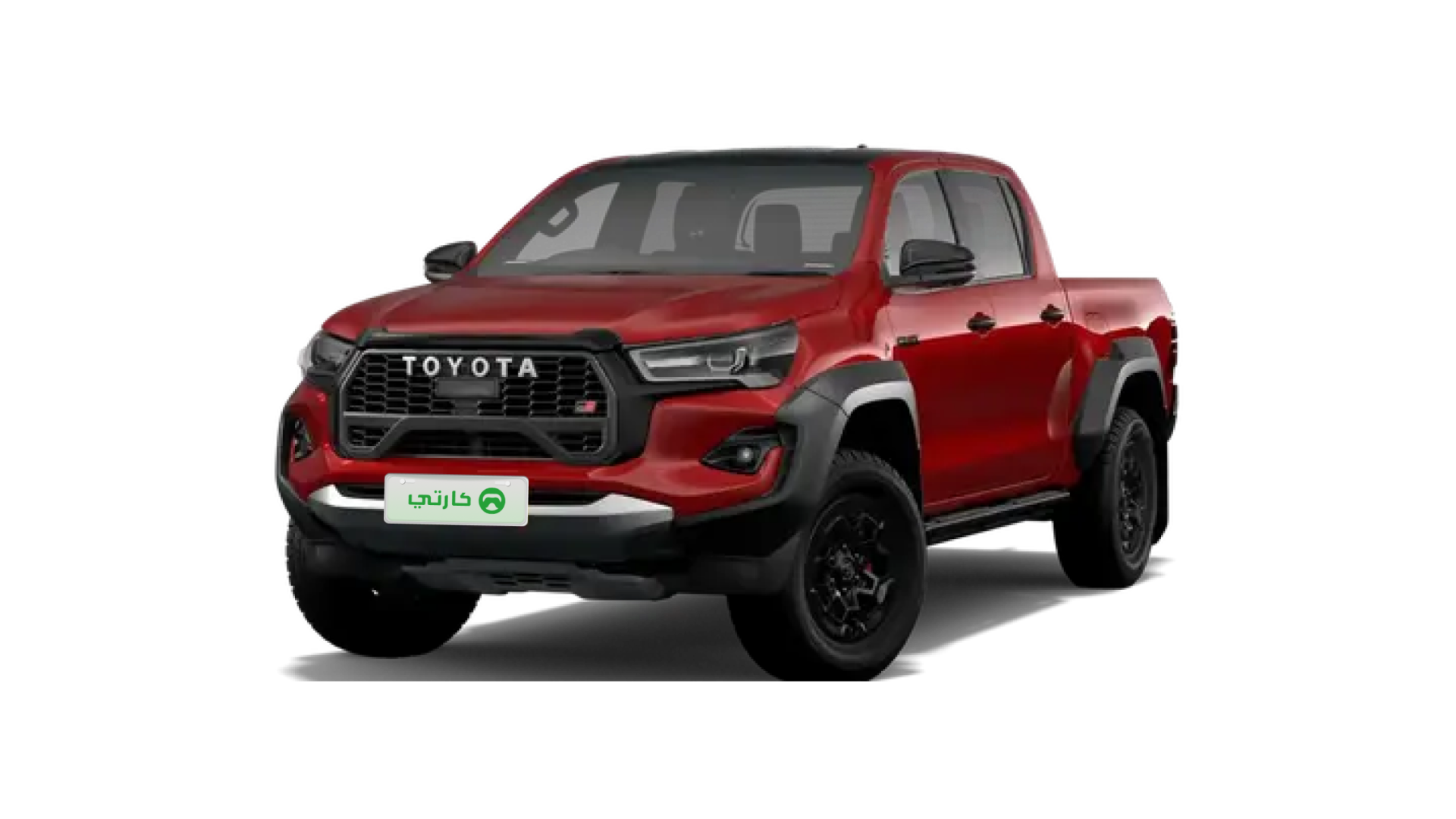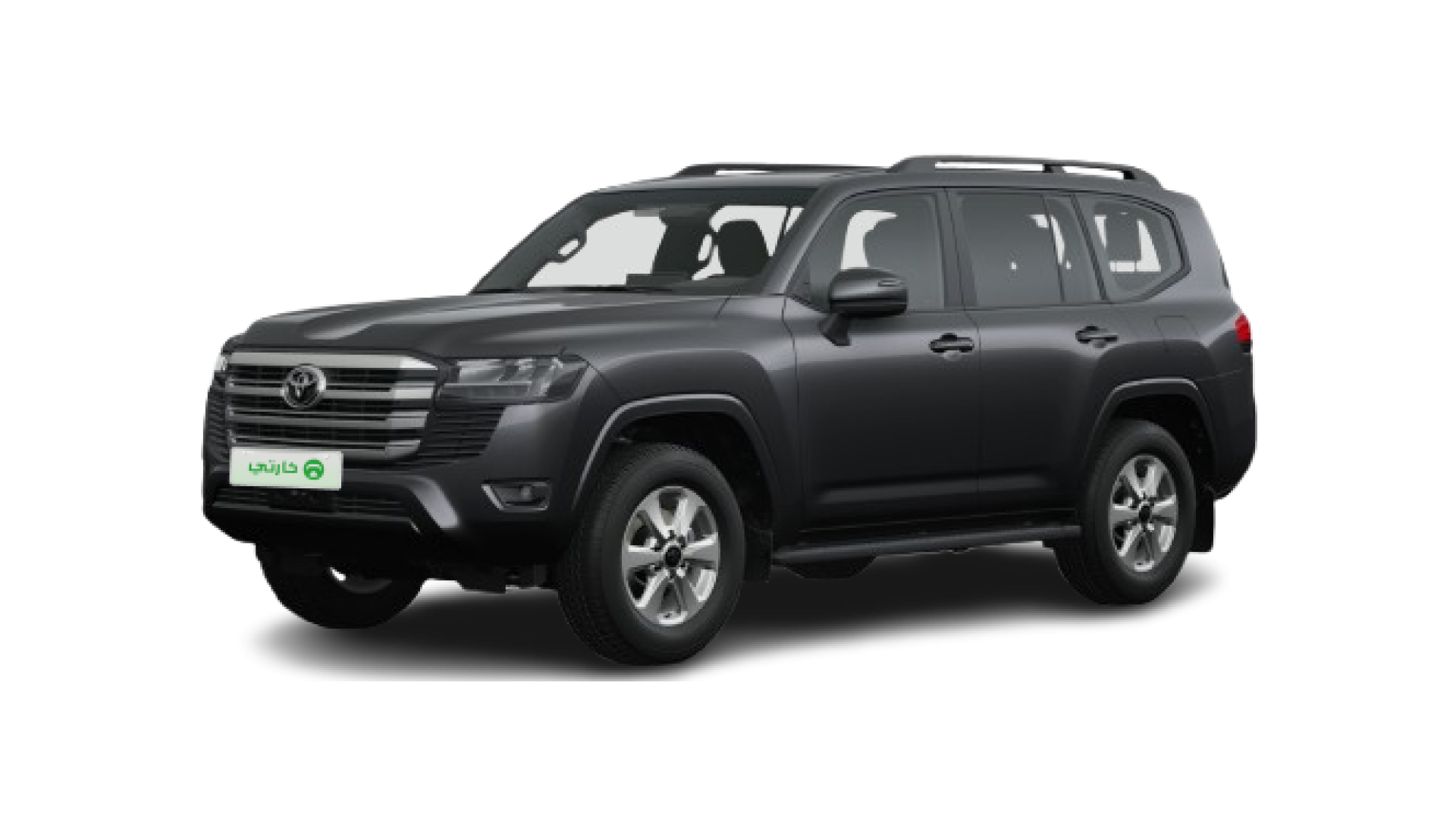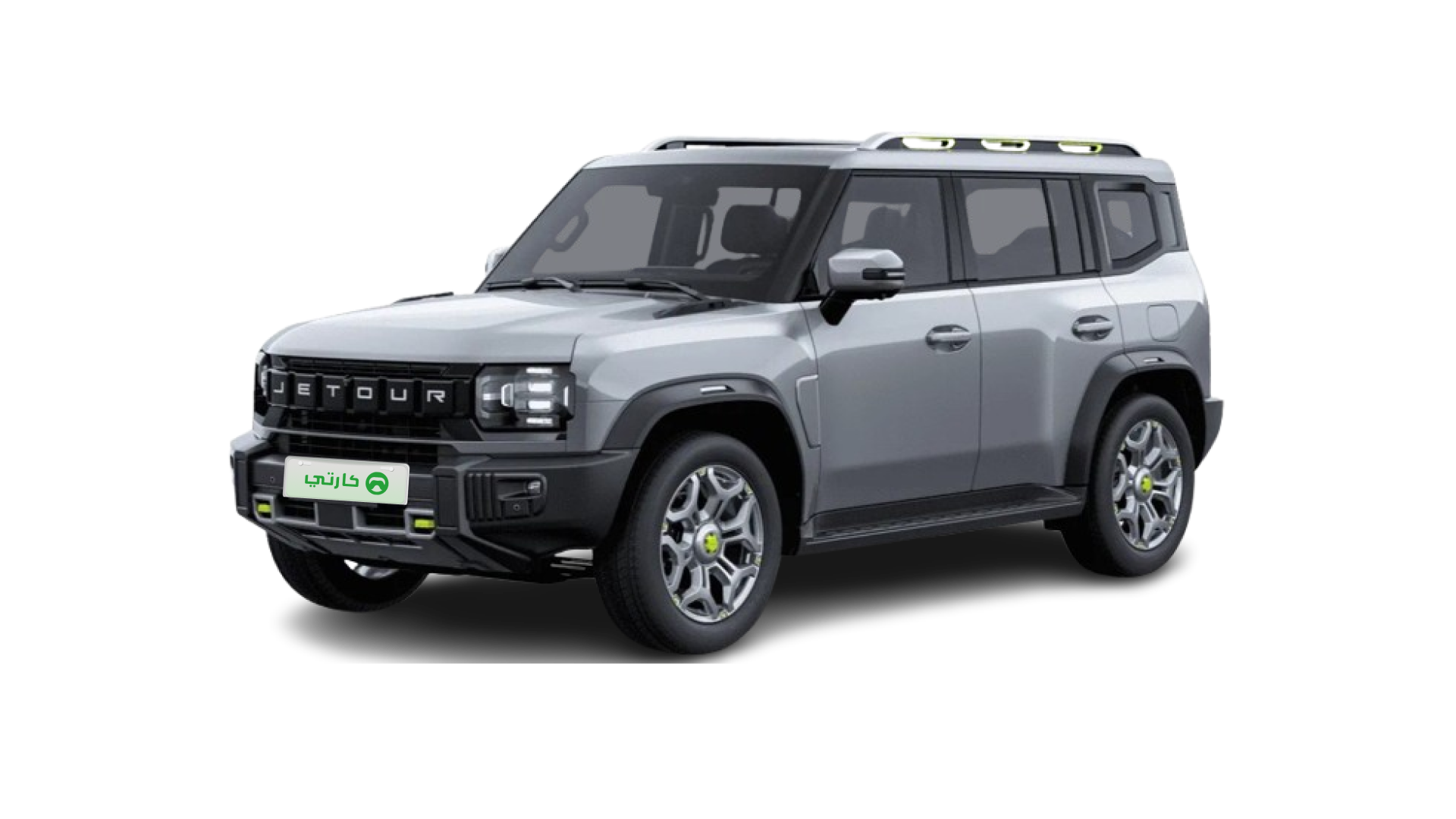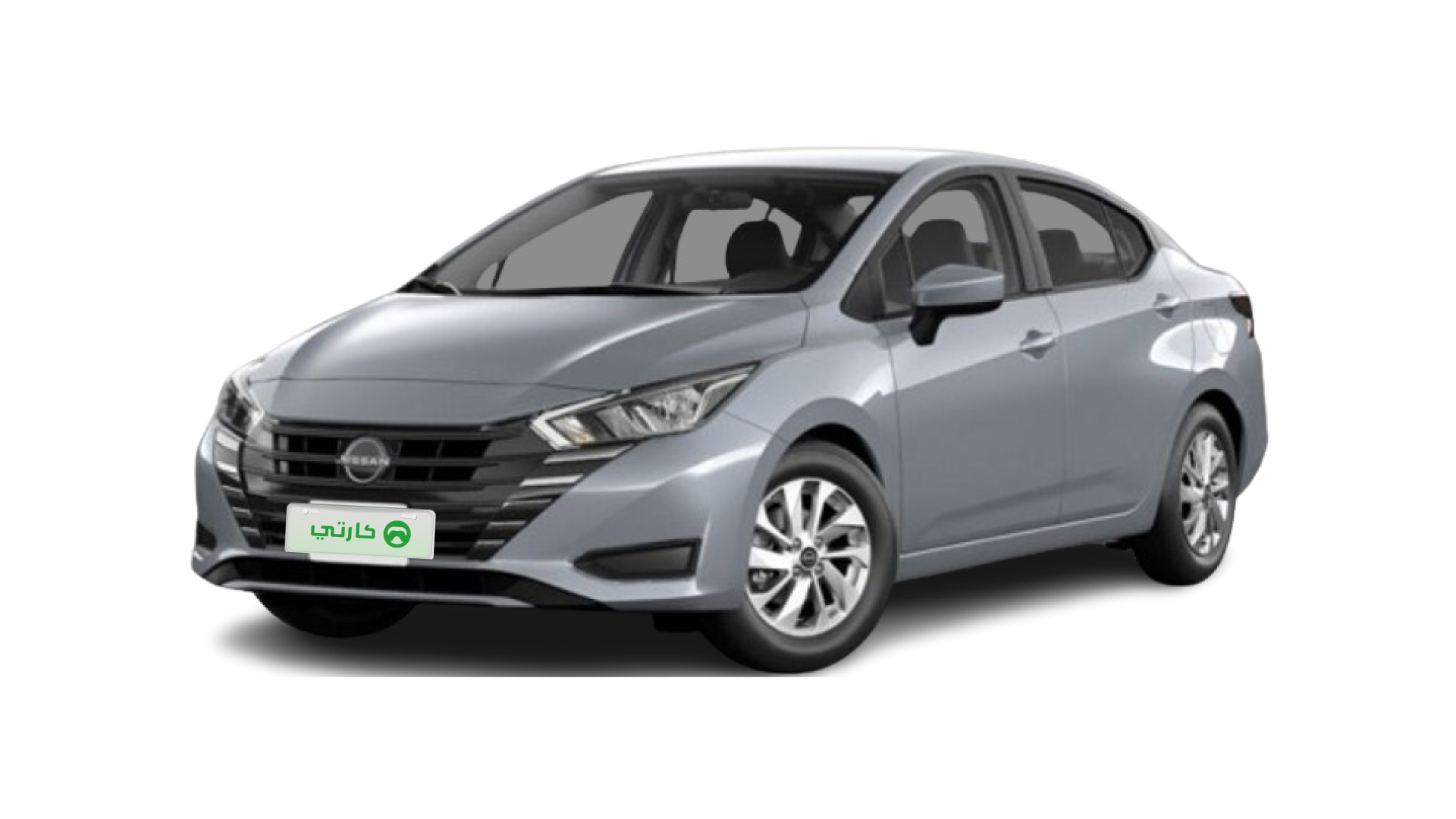Starting your search for the perfect Toyota Camry tyre size? This guide is designed to help you quickly understand your vehicle’s needs while addressing common concerns about performance, safety, and local driving conditions in the Gulf.
How to Choose the Right Tyre Size for Your Toyota Camry
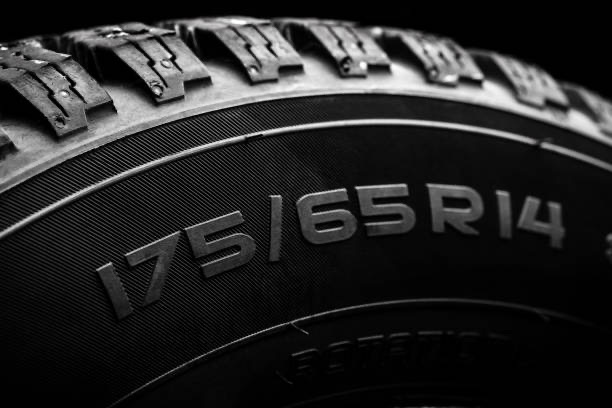
When you’re on the road in the UAE, having the correct tyre size is critical. Check the driver-side door jamb to locate the sticker with the OEM tyre specifications. For 2025 models, you might find these sizes printed:
Base models:215/55R17
Hybrid variants:235/45R18
TRD edition:235/40R19
Using the displayed information will guide you in selecting tyres that match your Camry’s original wheel specifications and rim compatibility. Paying attention to details such as load index and speed rating guarantees that your replacement tyres meet the expected performance standards.
Key Factors for Tyre Selection
When choosing your tyre size, consider several practical points that affect both road performance and overall vehicle safety:
Climate Adaptability:Ensure you select all-season tyres that perform reliably under the UAE’s varied weather conditions. The choice of an all-season tyre is not just about comfort but also about ensuring proper traction on both urban roads and desert tracks.
Speed Rating and Load Index:Check that the speed rating (like V for 149 mph, W for 168 mph) aligns with your driving habits. A proper load index (minimum 94, which supports around 1,477 lbs per tyre) reassures you that the tyres can handle the vehicle’s weight during long journeys.
Fuel Efficiency and Replacement Cost:Opt for tyres that offer excellent fuel efficiency while keeping replacement costs in check. Balancing performance and long-term costs can lead to safer driving and more satisfaction with your upgrades.
OEM vs Aftermarket Tyre Options

Your Camry comes with factory-recommended tyre sizes, but you may explore aftermarket options as your driving needs evolve. Knowing the difference can help you maintain both performance and safety.
Factory-Recommended Sizes
Below is a table displaying the OEM tyre recommendations for various 2025 Camry models:
Model Variant | Front Tyre Size | Rear Tyre Size |
|---|---|---|
LE | 215/55R17 | 215/55R17 |
XSE | 235/45R18 | 235/45R18 |
TRD | 235/40R19 | 235/40R19 |
Popular Upgrades Among UAE Drivers
Many drivers in the Gulf region consider these modifications to enhance their driving experience:
Wider Treads:Upgrading to a tread width of 245mm can improve grip during sharp turns.
Lower Profiles:A 35-series sidewall offers a sportier feel and more responsive handling on smooth highways.
Reinforced Shoulders:Extra durability in the tyre shoulder design helps when driving on hot tarmac or uneven road surfaces.
Seasonal Tyre Maintenance Tips
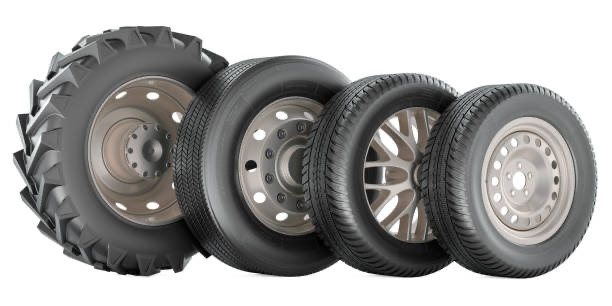
Maintaining your tyres is as important as choosing the right size. Regular checks ensure your vehicle remains safe and efficient on every journey.
Pressure Management
Keeping the tyre pressure at the right level is essential. Consider these guidelines:
Maintain around 35 PSI (±2) for typical urban use.
Set the pressure at approximately 32 PSI when planning excursions into desert regions.
Always check tyre pressures after a resting period of about 3 hours when the tyres are cold. This routine helps sustain fuel efficiency and proper inflation.
Rotation & Alignment Schedule
For optimal performance, adhere to this maintenance schedule:
Rotate your tyres every 8,000 km to promote even wear.
Get your wheel alignment checked around every 16,000 km to ensure smooth driving.
Whenever you rotate tyres, ask your service provider to check tyre balancing as well.
Cost Considerations for 2025 Models
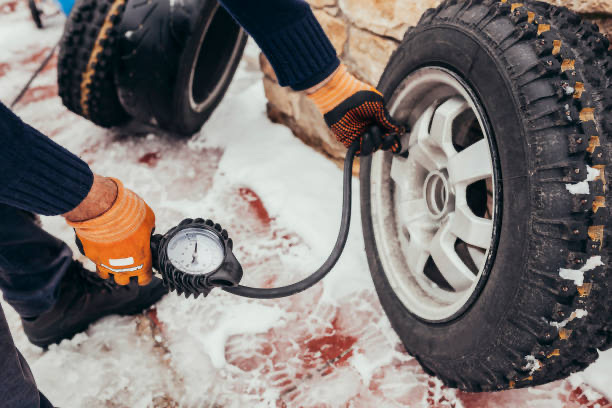
Investing wisely in your tyre replacement will safeguard both safety and wallet. Understanding the local pricing helps you plan your budget effectively.
Price Ranges in AED/SAR
Refer to the table below for typical price ranges seen in reputable Gulf tyre shops:
Tyre Size | Economy Brand (AED/SAR) | Premium Brand (AED/SAR) |
|---|---|---|
215/55R17 | 320 - 400 | 600 - 750 |
235/45R18 | 450 - 550 | 800 - 950 |
235/40R19 | 580 - 680 | 1,100 - 1,300 |
Warranty Options
When selecting tyres, also consider the warranty provided. Look for these features:
Treadwear guarantees up to 80,000 km
Road hazard coverage that includes damage from potholes
Complimentary rotation and balancing services offered by many local tyre shops
FAQ
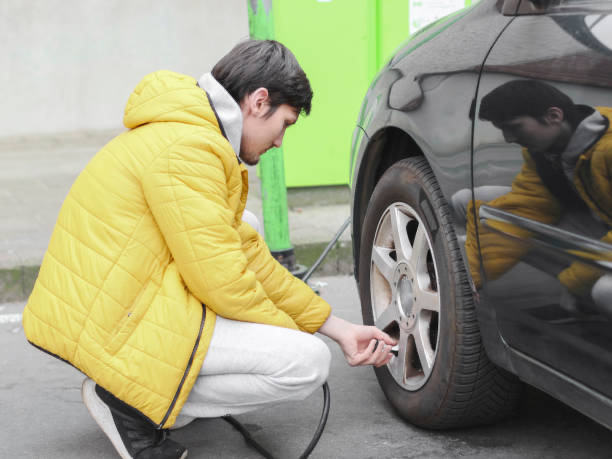
Q1:What does the tyre size indicate for my Toyota Camry?
Your tyre size tells you about the tyre’s width, aspect ratio, and the diameter of the wheel it fits. This information is crucial for ensuring the tyre matches your Camry’s wheel specifications and maintaining the right balance between fuel efficiency and traction. Understanding the numbers also helps when comparing OEM specifications with aftermarket options. It ensures your replacement tyres meet the same load index and speed rating as your original set.
Q2:How often should I check tyre pressure and perform tyre rotations?
It’s advisable to check your tyre pressure monthly, especially since changes in temperature can affect these readings. A cold tyre reading should be taken after a few hours of rest. For rotations, consider doing so every 8,000 km. Regular maintenance not only extends the tyre’s life but also supports optimal performance on UAE roads. Keeping track of these simple changes helps maintain excellent fuel efficiency and safe driving conditions.
Q3:Why is it important to match the speed rating and load index when replacing tyres?
Matching the speed rating and load index ensures your new tyres can handle your driving conditions and the weight of your Toyota Camry. These ratings are essential for safety, as they indicate how well the tyre can perform under various speeds and loads. Selecting tyres that meet or exceed OEM specifications avoids unnecessary wear and potential performance issues. This step also contributes to improved handling and better rim compatibility.
Q4:How does the UAE’s local climate affect tyre performance and maintenance?
In the Gulf region, extreme heat and occasional sand exposure can influence tyre performance. High temperatures may lead to faster wear, which makes monitoring tyre pressure and temperature critical. Using all-season tyres can help combat these effects, ensuring that performance and safety remain consistent. Regular inspections and local service checks are key to handling adverse conditions effectively.
This article is for reference only, please abide by the latest local laws and regulations.
Read More:
How to Check My Car Insurance in Dubai
How Much Does a Car Weigh in 2025? The Guide for Smart Buyers
How to Transfer Car Ownership in Saudi Arabia Through Absher (2025 Guide)
8 pics

Mustafa Karim, having been deeply involved in automotive research and development for over ten years. He is fond of Japanese cars, and their precise and energy-efficient features have influenced him. In his spare time, he loves Japanese anime and kendo, drawing inspiration from them for control system research and development. He also often shares cutting-edge automotive knowledge on platforms, contributing to industry innovation and adding strength to automotive development with his expertise.
